This Real Jamaica article serves as a useful travel guide for those looking to explore the beautiful Blue Mountains of Jamaica. With the Blue Mountain and John Crow National Park recently anointed a World Heritage Site by UNESCO, the area is rapidly enhancing its offerings for eco-tourism and culturally-driven tourism initiatives. The adventure lies far from the all-inclusive resorts and cruise ships in Negril, Ochos Rios, and Montego Bay. We encourage you to chase the serenity that lies in the Blue Mountains, absorbing the natural beauty and bounty. “Di country road is ruff,” but that’s all part of the journey.
Most Jamaicans shiver when you mention the Blue Mountains, “Up Dere Cooooold!” For those escaping actual frost, the afternoon sun is warm but never scolding, and the evenings are cool enough to sit in front of a fire, roast breadfruit, and watch the stars in a sweatshirt—perfect sleeping weather. You ought not be in a hurry when you visit the Blue Mountains. Allow time in your travel schedule to unwind, use your legs to maneuver the hills, and refresh your body in the natural springs and rivers. Around every corner is a goat trail ready to be trekked in search of sunsets and wild fruit trees. The arduous hike up the Blue Mountain Peak is a must do; the seven-hour round trip is even more euphoric if you can catch sunrise!
In these hills, cedar trees once crowded the peaks, providing the perfect lumber for both Colonizers and Maroons to set up their communities. Now, Coffee farmers and daily Kingston commuters wake early among the feeding Doctor Birds. Life mimics the change in seasons and harvest of coffee. The world famous Blue Mountain Coffee has a bi-annual harvest, the largest being in December-February which is considered Winter. In these moist months, pumpkin is included in every meal and Jamaica’s only pine-needle Christmas trees are trucked into Kingston’s busy shopping plazas during the holidays.
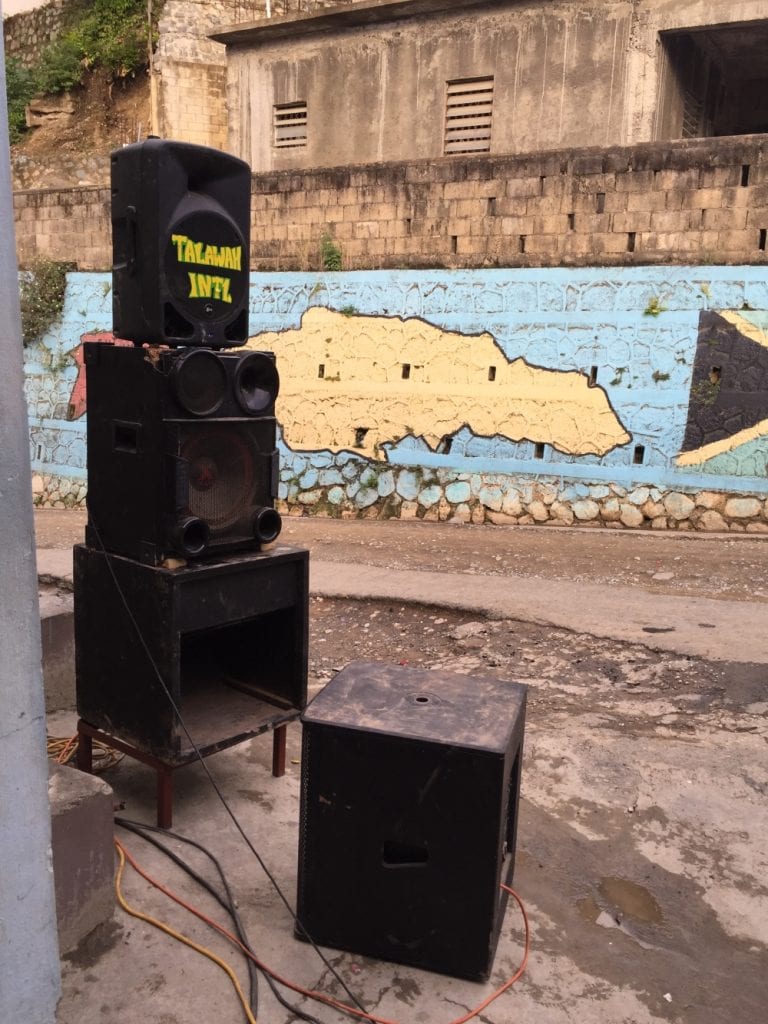
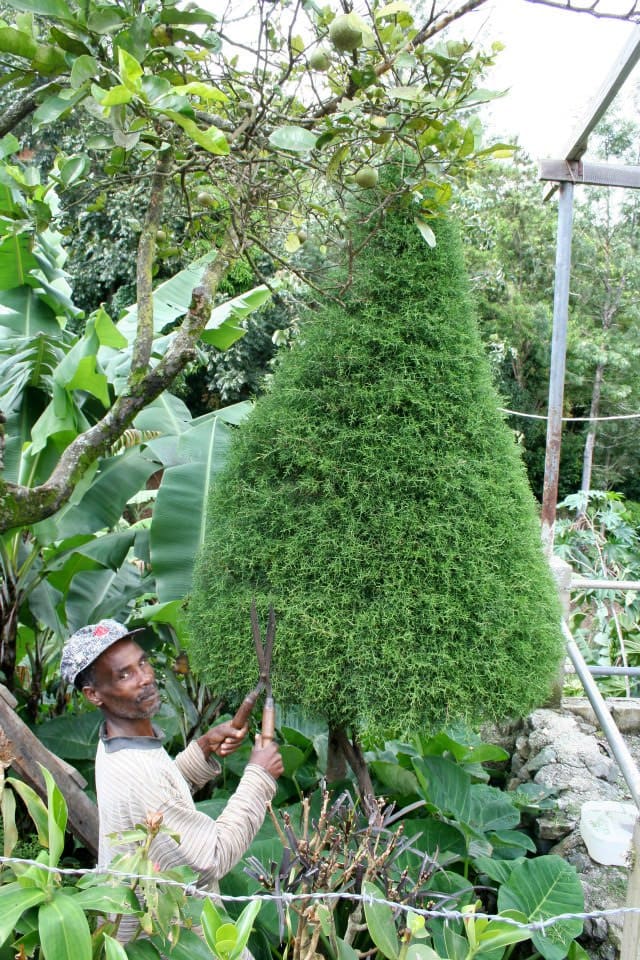
Summer is May through September; the roads get dusty, the air dry and warm. These are the “Mango Months,” where hundreds of different tree varieties provide such an abundance that many are left to rot on the roadside. Summer is also your best chance at catching a clear sunrise at the Blue Mountain Peak! September through November is historically hurricane season, but climate change has altered the recent season patterns in the Blue Mountains. A serious drought over the past two years diminished agricultural productivity, caused landslides, and heightened the environmental vulnerability of these communities.
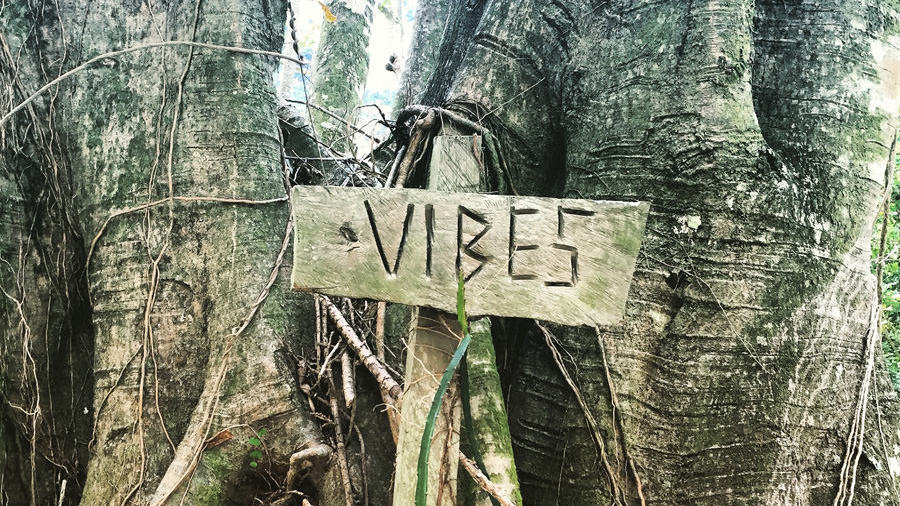
“Good Troddin, Hol’ a Vibe, Nyam Strictly Ital”
There are many destinations in the foothills that are perfect day trips to hike, bird watch, and get a taste for the lifestyle in the Blue Mountains. The bus rides themselves are intimate cultural experiences with magnificent views, all played to the music soundtrack of the driver’s taste. A few places worth considering are Holywell National Recreation Park, Strawberry Hill Hotel and the Mavis Bank Coffee Factory. These “quick trips” from Kingston offer spectacular views of lush valleys, strong wafts of roasting coffee, and smiling faces from the residents.
“On a Country Bus”
A memorable escape from the all-consuming heat of Kingston for domestic travelers, residents in the Blue Mountains have been welcoming travelers and international aid workers for several decades. The Blue Mountains are easily accessible from Kingston, their coffee-studded peaks only a few hours away by public transit. While some travelers prefer to arrange charters with guest houses or tour agencies, public bus is the cheapest way to several parts of the Blue Mountains.
Papine Square is the active bus depot that shuttles various loads of people, food, and goods up into the mountain communities. If you are going to the areas closest to the Blue Mountain Peak, Lime Tree Guest House, and/or the Mavis Bank Coffee Factory, you will need to grab a bus to Mavis Bank/Mount Charles. The “Country Bus” is a long celebrated part of the Jamaican culture. Drivers are important community actors; carrying school kids, market-goers, church devotees, and loads for the shop owners who can’t make their way into Kingston. Look for the part of Papine Square where several yellow buses– passenger vans—are idling. Ask one of the many people shuffling in and out of the buses for Mount Charles/Mavis Bank. The routes are usually painted somewhere on the buses.
Gordon Town is the last outpost town that acts as an entry way into the hills. Not to be overlooked, Gordon Town has some great waterfalls and bathing holes. Locals will be happy to point you in the right direction if you ask for help.
It’s always wise to determine the fare before you enter any vehicle in Jamaica. The typical bus fare from Papine to Mavis Bank/Mount Charles is 150J. These routes fill up with people and things, extra and bulky baggage might be charged for a loss of seat.
***If you are going to hike the Blue Mountain Peak, you will need to get additional transportation to Hagley Gap Square, and upward to Penlyne Castle. These communities are nestled on the sides of steep mountains, the roads are treacherous and the walking is not easy. The Yallahs River that separates Mt. Charles and Hagley Gap often floods the fording in the rainy season, making it difficult for low-lying cars to pass. It is another 15-25 minutes onward from Mt. Charles to Hagley Gap Square. Shared vehicles run regularly between Hagley Gap and Mt. Charles, but patience is required. The common fare from Mt. Charles to Hagley Gap is another 150J.
If you are staying with a guesthouse or AirBnB accommodation, I would recommend arranging a ride from Mavis Bank or Mount Charles. A reasonable charter fare is $600J to $1500J (per person). This may seem high, but the constant damage inflicted on vehicles and heavy gas required to handle the roads in the Blue Mountains leads to almost daily maintenance.
“Yah going to di Peak?”
You will hear this from the locals when you get past the Mavis Bank area. Closest to the Blue Mountains National Park, the communities of Hagley Gap, Minto, and Penlyne Castle offer many idyllic views of the mountains across Western St. Thomas Parish. The Negro River starts in the high springs at the Blue Mountain Peak, then winds it’s way down towards Hagley Gap in a series of shallow waterfalls and springs. A small NGO, the Blue Mountain Project, has brought international volunteers and assistance to the area with Public Health, Education, and Economic Development for more than ten years. Partly due to isolation, the families that reside here are a close, self-sustaining network of colorful personalities. Most everyone in these parts are hospitable, anxious to reveal a part of the beauty of life in the Blue Mountains.
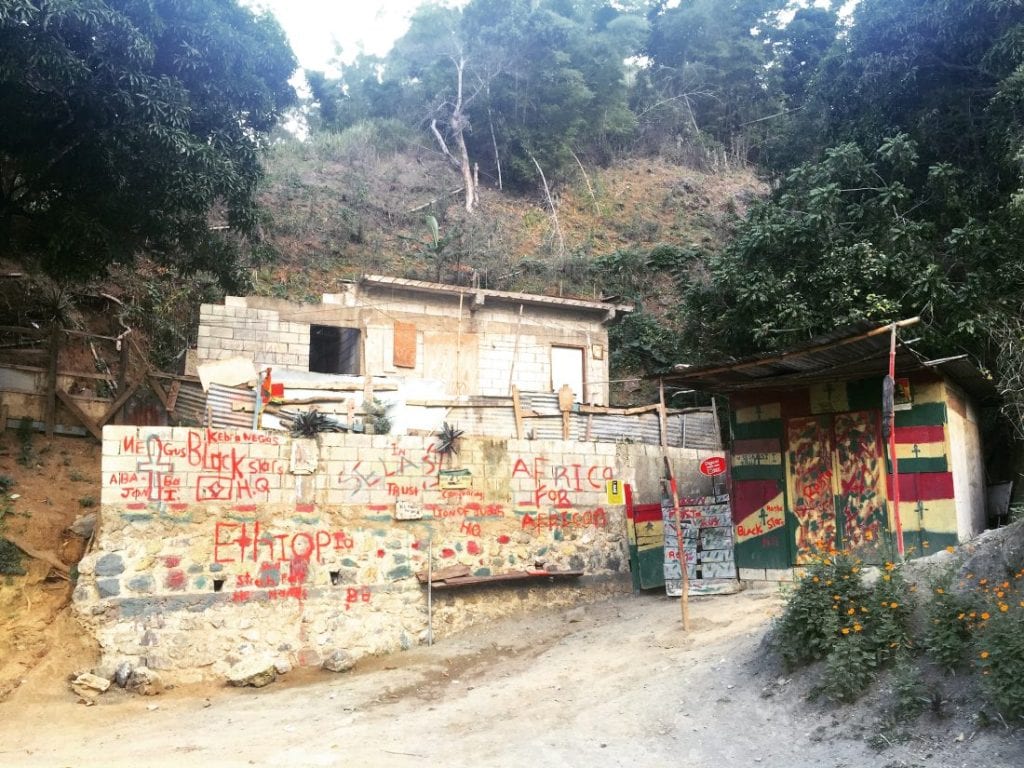
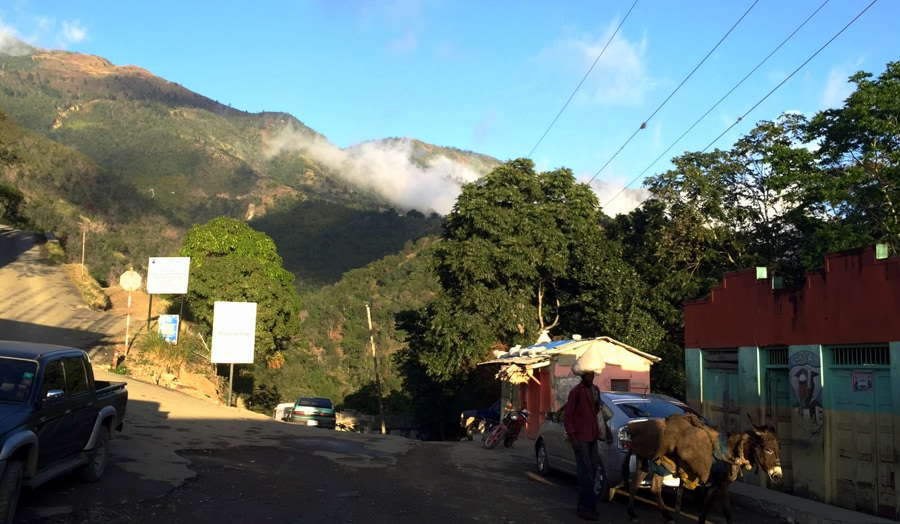
On the weekends, Hagley Gap Square is a lively depot for music, food, and drinks. Depending on the night, local bars will set up their sound system stacks and play music for the people. Only on the weekends, you can’t miss Chef Madge and her Cook Spot! She has arguably the best fried Festival and Fish Soup on the Island. Buru’s Bar and Snack Shop will have all the essentials for hiking the Peak. When open, Rohan’s Craft Shop has brewed coffee and local handicrafts for sale. He is also a well-seasoned and licensed Blue Mountain Peak tour guide!

For those eager for activity, Hiking and Mountain Bike trails are abundant in this area. Monkey Hill, up near the Penlyne Castle community (1,300m above sea level), has a fantastic view of Kingston, and is a shorter, less rigorous trail when compared to the Peak hike. Several small pools and waterfalls can be found up the Negro River, many local youths are eager guides to show you their favorite. A series of paths and trails weave through coffee farms and citrus trees, alongside the steady rumble of the river. Supposedly, over 70 trails have been mapped and built by the privately-owned Sherwood Lodge, they stretch all throughout their properties along the Negro River towards Ness Castle, St. Thomas. Although private, they are very lenient towards public use. You can find interesting paths to explore, then relax at VIBES; a cool down river spot with hand-built chairs, tables, and seating.
The Blue Mountain Peak Trail starts about 1km past Whitfield Hall Hostel. Remember, this can easily be 7hrs round-trip (depending on fitness), with nearly 1,500m of elevation increase. There are a wide variety of endemic flora and fauna to behold, as well as stunning views of the lower ridges and Kingston looming in the distance. If you are planning to walk for sunrise, I recommend hiring a local guide. You can arrange this through your accommodation, The Blue Mountain Project, or in the Hagley Gap Square. Common Prices for a Guide is $20 USD per person, and incrementally more if you expect them to carry your food and water. There is a tap with potable water near the Ranger Station and rest point in Portland Gap. Be prepared for quick changes in weather, wet conditions, and chilly temperatures at the top. Although you are in Jamaica, the wind chill and the cooling sweat will quickly bring you a shiver if underdressed.
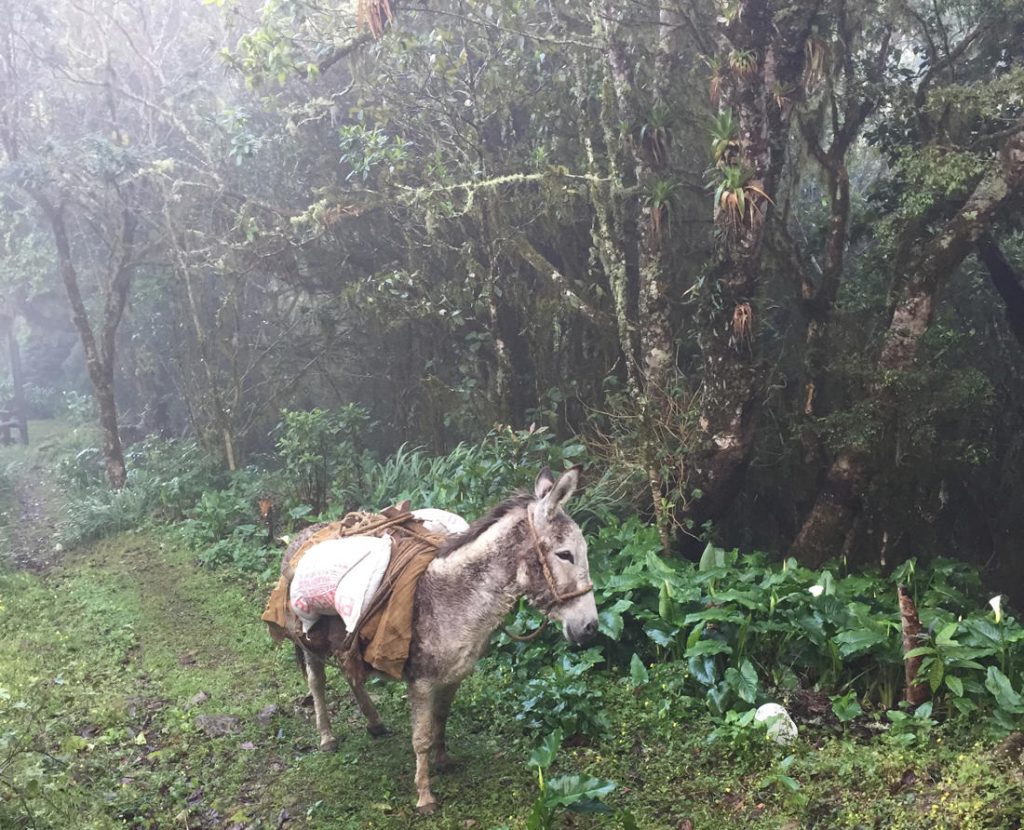
Fair warning, a Park Ranger will occasionally be stationed at the major rest point, Portland Gap, about a 1/3 of the way to the peak. It is a $2,000J National Park Entry Fee, you can see signs with such stated entry along the road in Penlyne Castle, and at the trail head. The Park Ranger may suggest a subjective fee, negotiate if it seems unfair and ask for a receipt. Your contributions to the National Park are going to the improvements and maintenance of the Peak trail. Unfortunately, the funds from the entrance fee have a way of being mishandled.
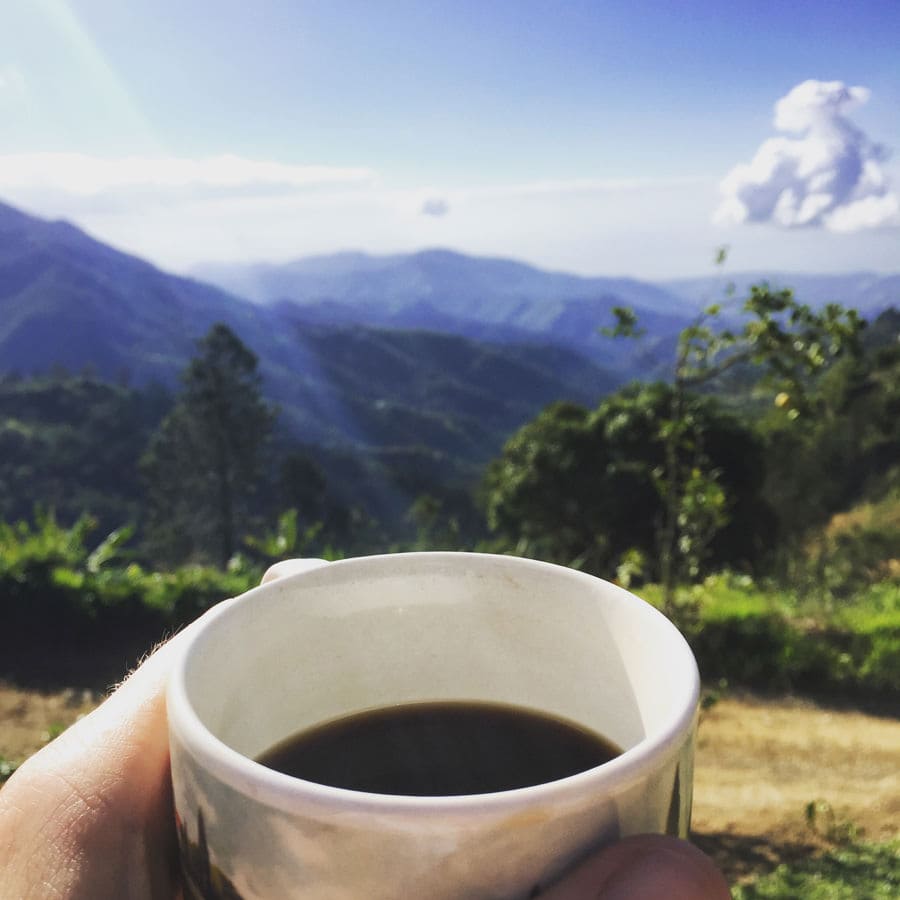
Accommodations near the Blue Mountain Peak
Many farmers and families are converting their properties into guest houses and homestays. If planning a stay, check for comfy accommodations and authentic home visits! There are three hostels that generally service groups of travelers, all providing brewed coffee, meals, transportation, and guides upon request.
Jah B’s Guest House is the most recognized, active hostel in the area. Offering several different room and board accommodations, also long-term volunteer opportunities for those interested in Rastafarian lifestyle and coffee farming. Jah B’s offers delicious Ital meals, transportation, WIFI, and wonderful views of the lower valley. Jah B’s also serves are the head quarters for a fast growing coffee export business, hiring residents from the local community and bringing international attention to the Guest House. — Phone: +1 876-377-5206
Whitfield Hall is one of the oldest hostels in Jamaica, and the closest to the Blue Mountain Peak Trail Head. Very popular with domestic travelers coming to hike the peak, it has a very rustic charm built from dark, fragrant timber. Tucked behind gigantic Australian Cedar Trees, an antique coffee roaster is still being used by the farmers in the community, and the whole process form plant to cup can be explained by Whitfield’s hospitable caretaker. Whitfield’s heyday has long passed, but you can still find an affordable bed there. While they offer transportation and meals, there is No WIFI. — Phone: +1 876-878-0514
Wild Flower’s Artist Lodge: rumors suggest this accommodation might not operate much longer. As of now, it still welcomes guests to enjoy one of their many bunks. They offer meals, coffee, and entertainment with a local snack/drink shop in the basement. In the evening, the farmers come to unwind and listen to the booming sound system; some choose to be IRIE, watching a fire while lounging in a hammock. Similar to Whitfield Hall, Wild Flower shows signs of once being a picturesque artist retreat, offering views of the mountain sides, popular among the local birds, carefully landscaped with a variety of flowers. Transportation is available for hire, but no WIFI!
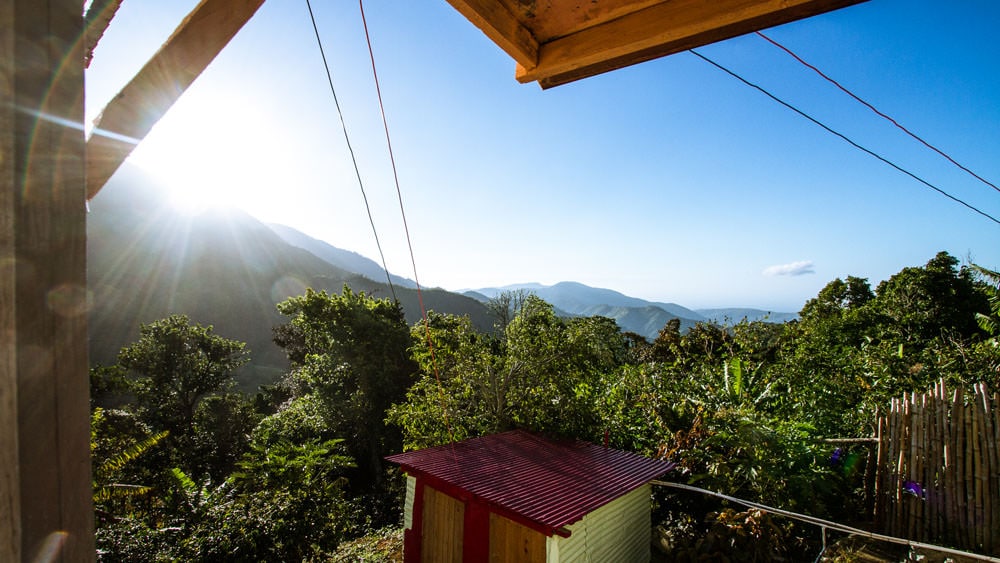
Jay’s Guest House is a few minutes by vehicle below the Penlyne Castle community, it’s also the newest operating accommodation in this part of the Blue Mountains. The guest house is run by Aiden “Ojay” Jackson. Ojay, who has lived in England and the US, is a fulltime teacher and coffee farmer, recently adding guest house proprietor to his list of titles. He is anxious to expose the beauty and authenticity of life in the Blue Mountains, the overlooked Eden of Jamaica. He is eager to give tours of his coffee farm and trail hikes for views of Kingston on Monkey Hill. Ojay can provide transportation, meals, and has WIFI! While the other three guest houses are more isolated from the local communities, being close to the National Park, Jay’s is situated around the communities and curious foot traffic from kids and farmers regularly come to see who is visiting the hills! — Phone: +1 876-321-8204
The author’s authority in creating this guide comes from close relationships and years of experience working with the Blue Mountain Project, a small NGO serving the communities closest to the Blue Mountain Peak. (www.bluemountainproject.org)
If you are interested in this feature, please contact the Real Jamaica team!
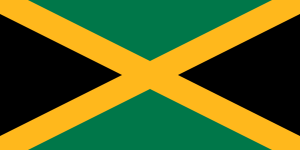
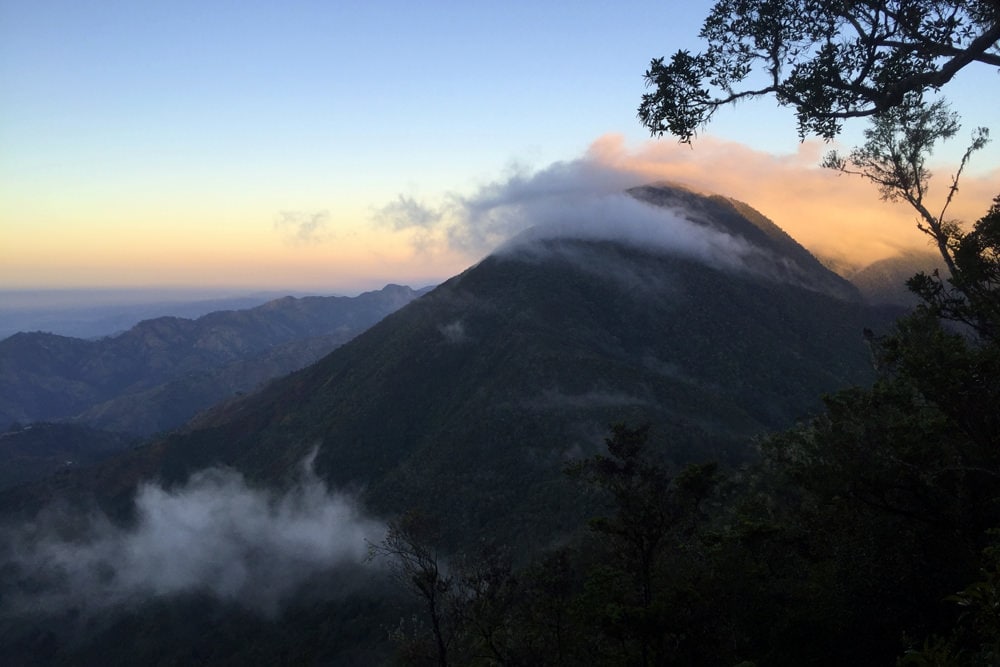
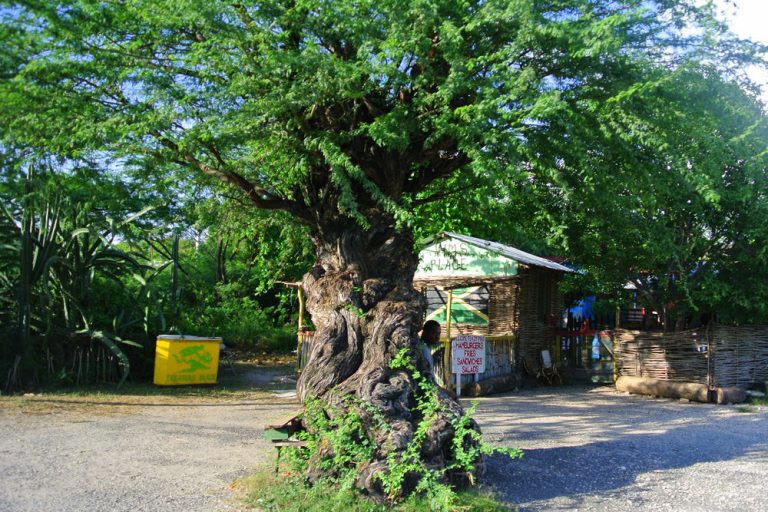
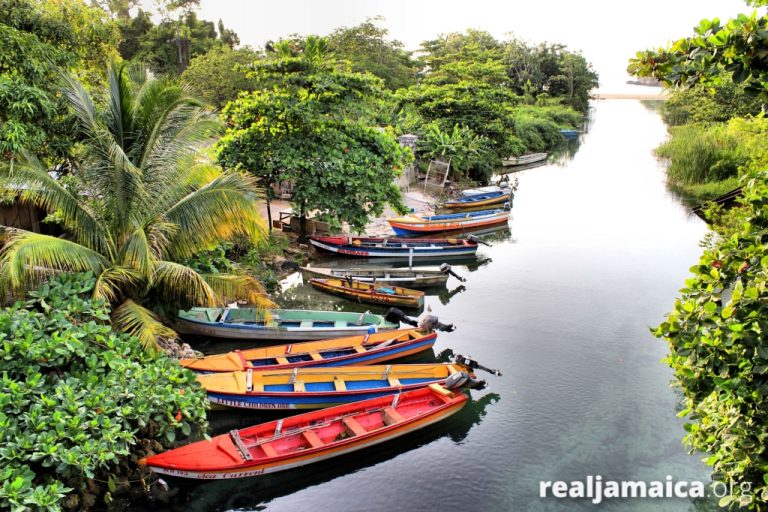
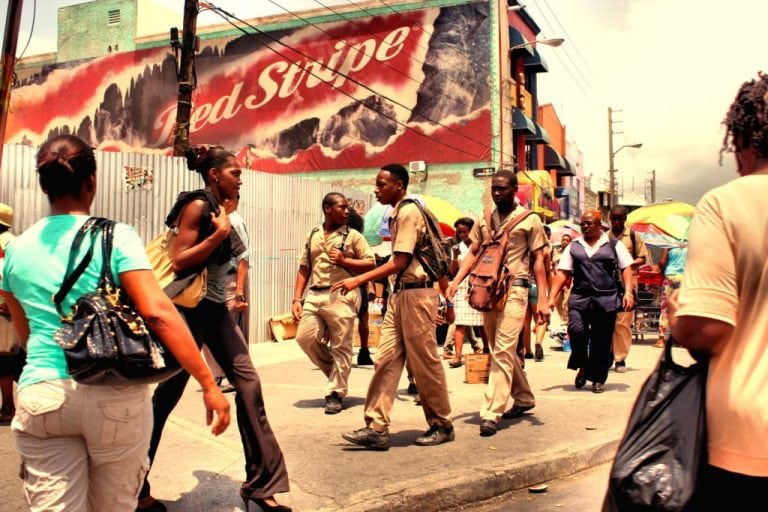
1 comment
Liz M
“over 70 trails have been mapped and built by the privately-owned Sherwood Lodge, they stretch all throughout their properties along the Negro River towards Ness Castle, St. Thomas. ” – I’d like to know more about Sherwood. Is it a place to stay as well?